Occupational therapists enable people of all ages to live life to its fullest by helping them promote health, and prevent (or live better with) injury, illness, or disability. Occupational therapy interventions include helping people learn how to compensate and/or regain skills in order to lead a full and productive life.
Occupational Therapy Interventions Include:
- Guidance on how to make daily life activities easier
- Therapeutic exercises to improve range of motion and strength
- Learning new ways of doing things after an illness or injury
- Modifying your home/living environment
- Techniques to manage pain
- Recommendations on equipment and assistive devices
- Strategies to manage forgetfulness and memory problems
- Caregiver education and support
Celebrate Occupational Therapy Month
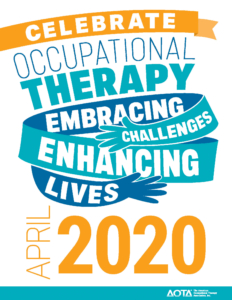
April 2020
Occupational therapists dedicate their lives to helping others achieve their best life by helping them overcome life changes after an injury or illness or due to aging. If you think you or a loved one could benefit from the help of an occupational therapist talk to your doctor today!

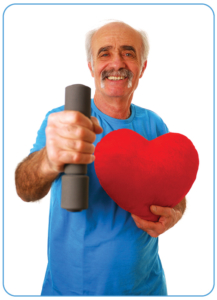
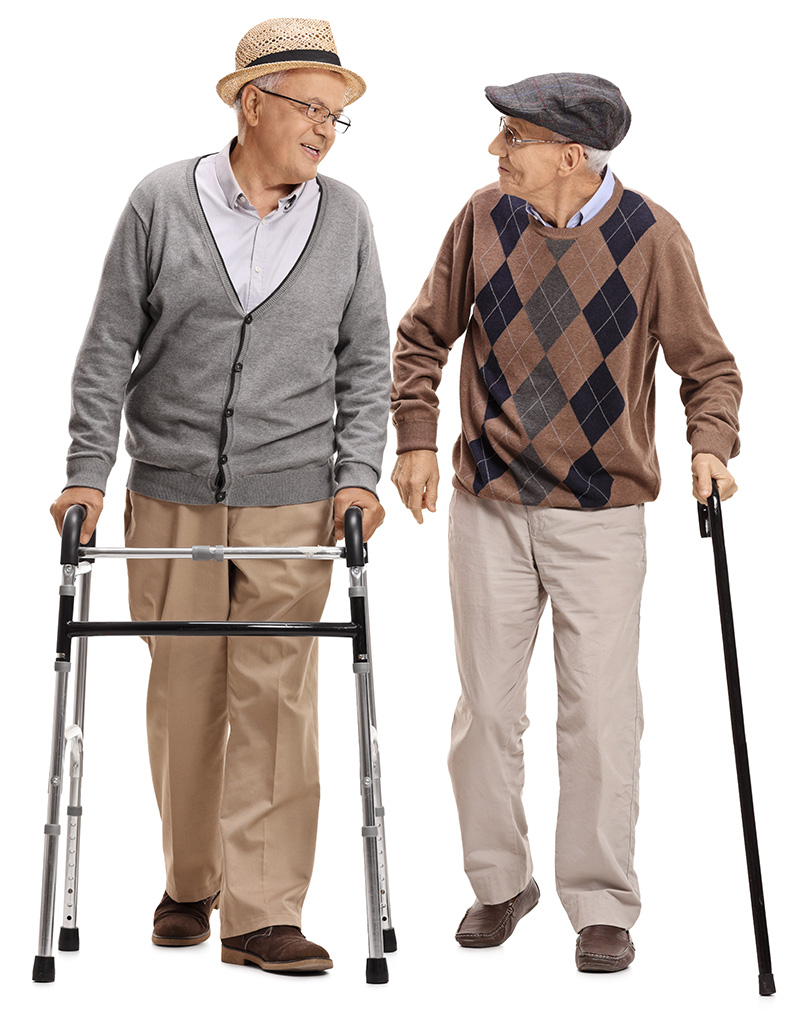
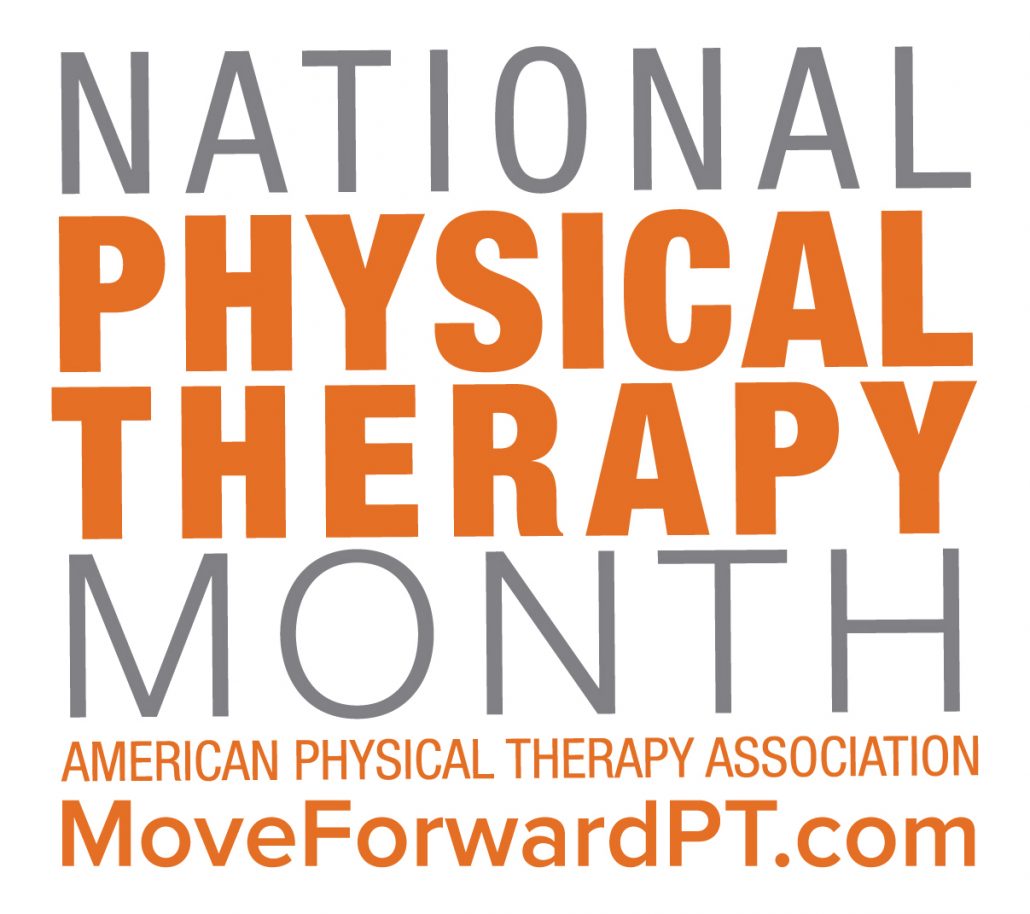
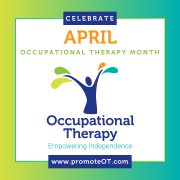 Celebrate Occupational Therapy Month — April 2018
Celebrate Occupational Therapy Month — April 2018